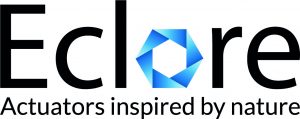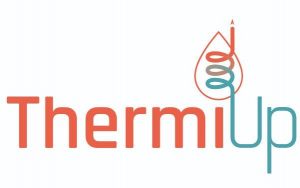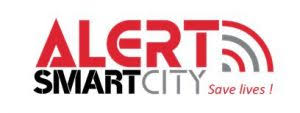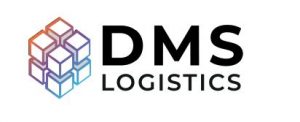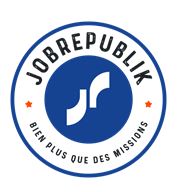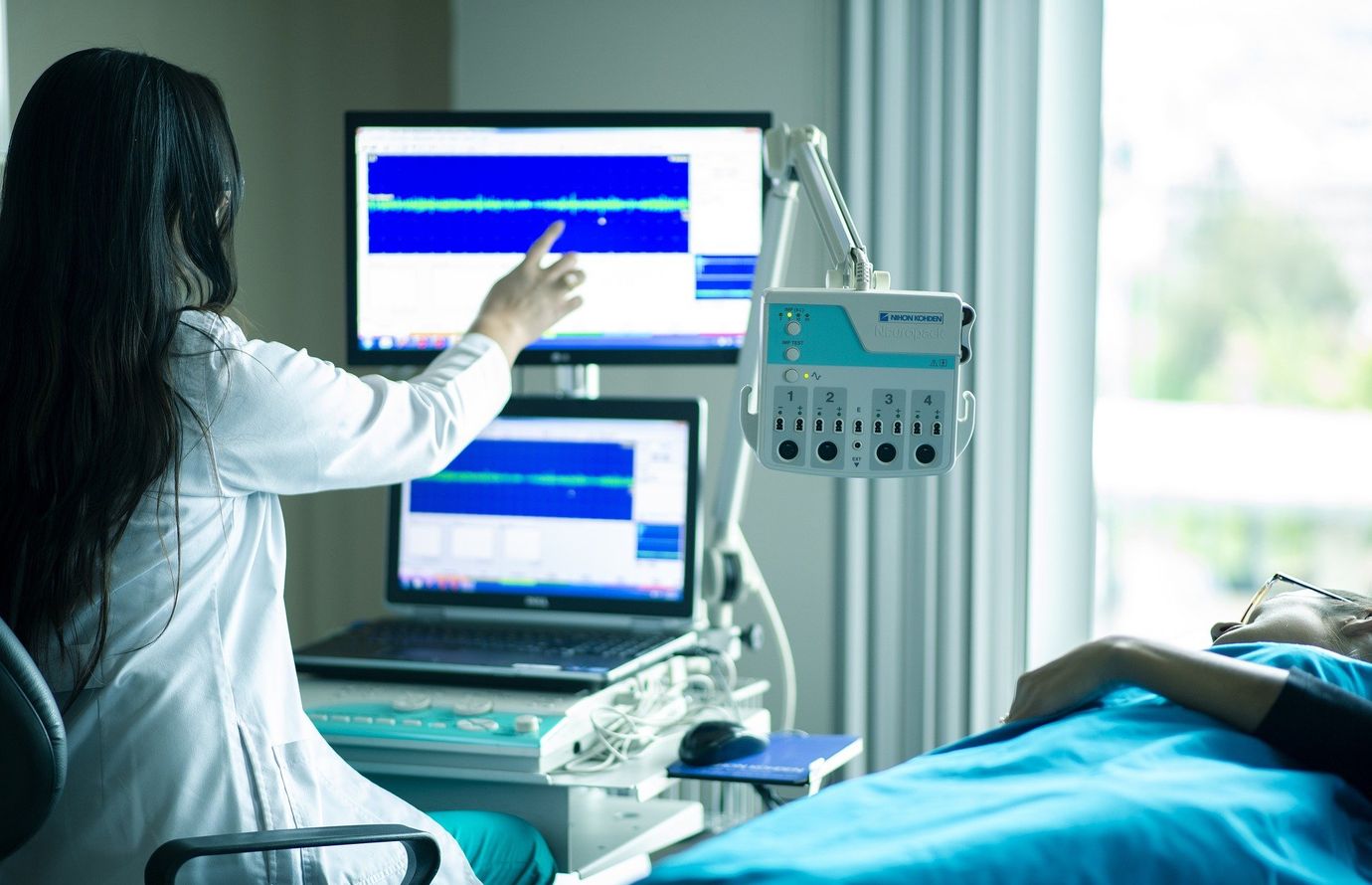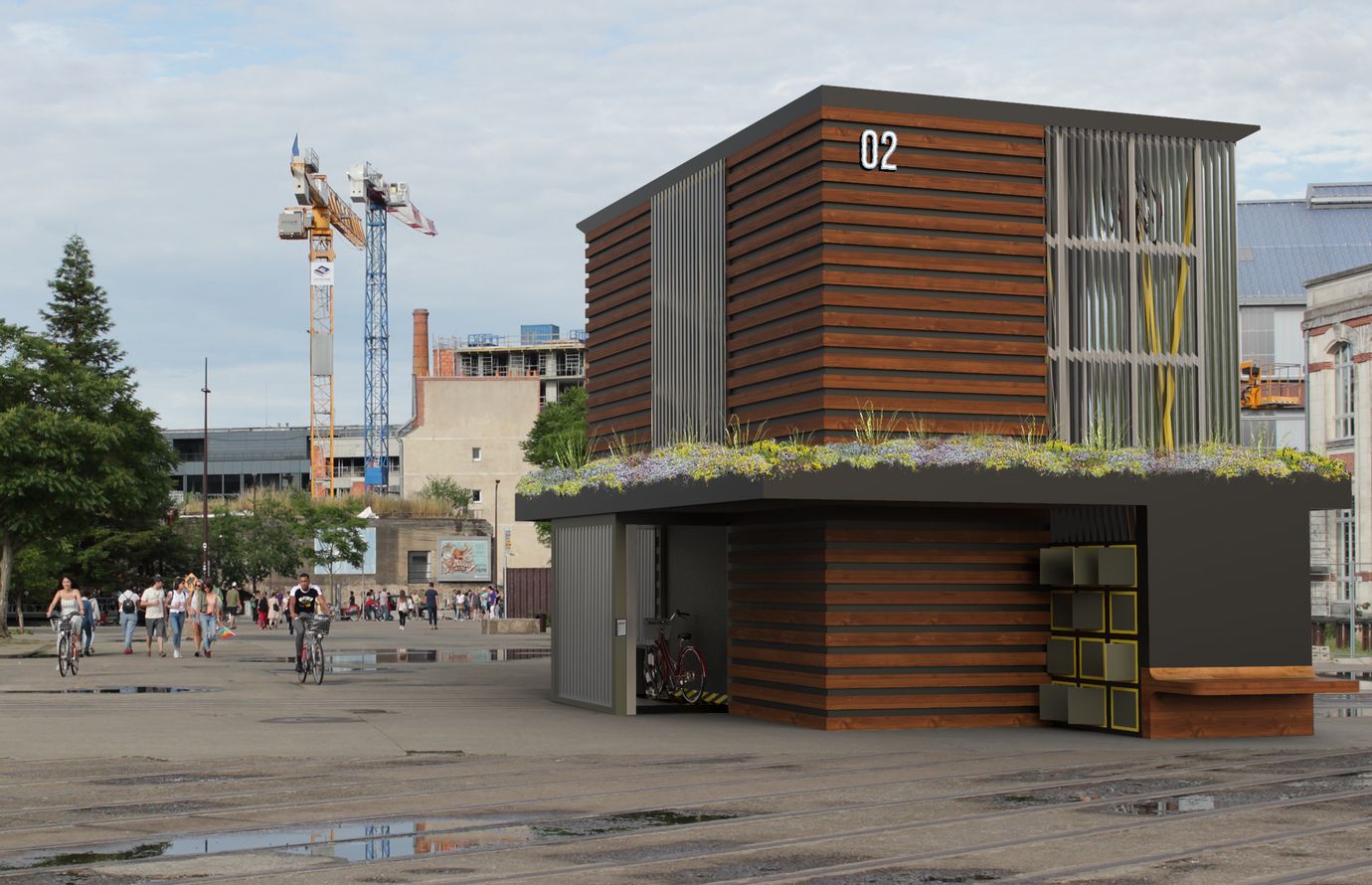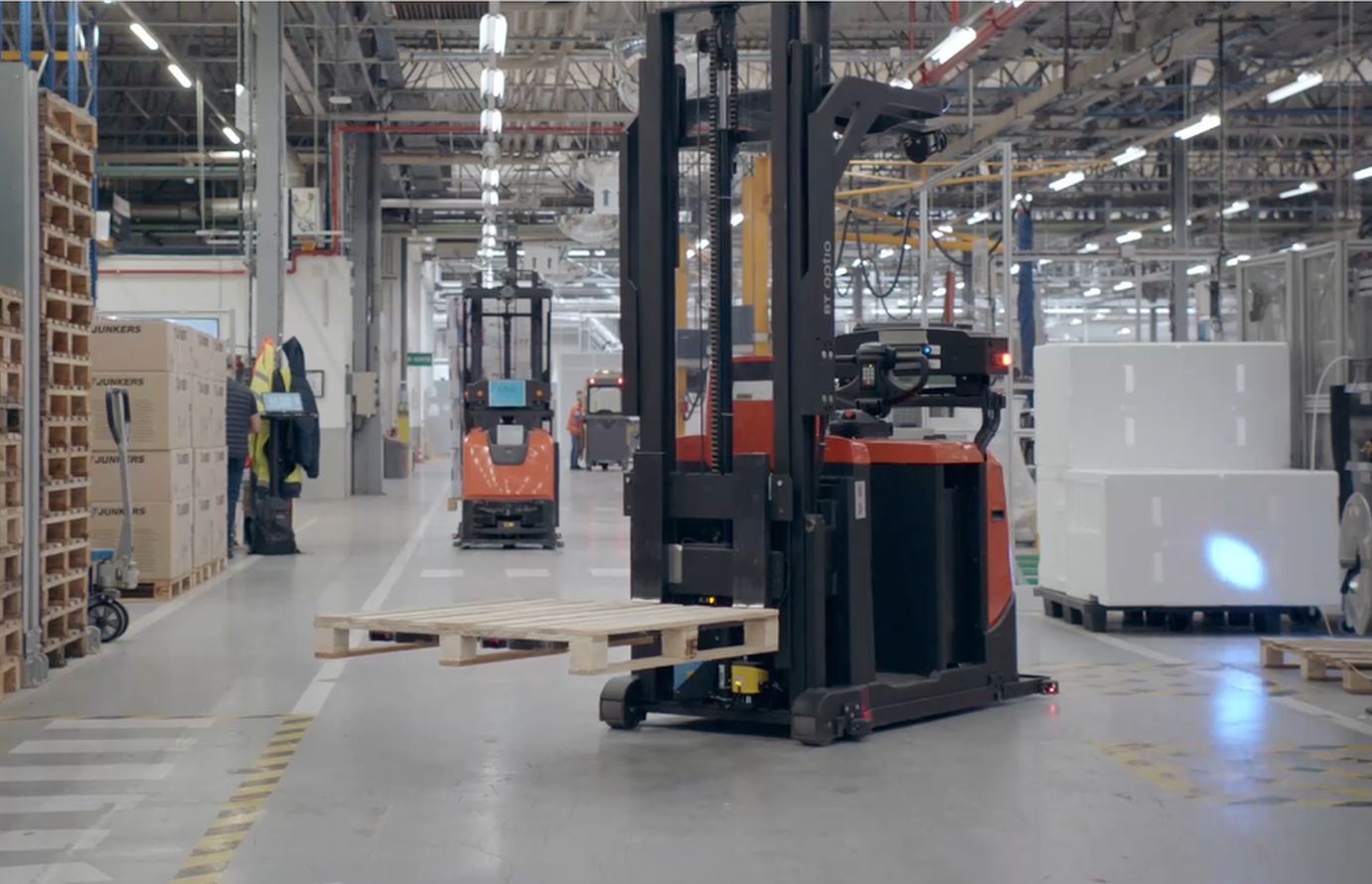IN-TRACKS: tracking energy consumption
Nowadays, companies are encouraged to track their energy consumption, specifically to limit their greenhouse gas emissions. IN-TRACKS, a start-up created last November, has developed a smart dashboard to visualize energy usage.
“With rising energy costs, these days it is useful for companies and individuals to identify their excessive uses of energy,” says Léo-Paul Keyser, co-founder of In-Tracks. In November 2021, the IMT Nord Europe graduate created the start-up with Stéphane Flandre, former Enedis executive. The young company, incubated at IMT Nord Europe, provides monitoring solutions to companies to track their energy consumption via a digital dashboard. The software, which can be accessed via computer, smartphone or tablet, displays a range of information pertaining to energy usage.
Typically, graphics show consumption according to peak and off-peak times, depending on the surface area of a room, house or building. “A company may have several premises for which it wishes to track energy consumption,” says Keyser. “The dashboard provides maps and filters that make it possible to select regions, sites, or kinds of equipment for which the customer wishes to compare energy performance,” he adds.
For advice and clarification, “clients can request a videocall so we can help them interpret and understand their data, with our engineers’ expertise,” continues the start-up’s co-founder. The young company also wishes to develop a system of recommendations based on artificial intelligence, analyzing consumption data and sending advice on the dashboard.
The load curve: a tool for analysis
The specificities of clients’ energy use are defined based on load curves: graphics generated by smart electricity and gas meters, which show evolutions in energy consumption over a set period. To obtain access to these curves, In-Tracks has created an agreement with EDF and Enedis. “With the data from the meters received every hour or five minutes, we can try to track the client’s consumption in real-time,” explains the young entrepreneur.
The shorter the intervals at which data is received from the meter, typically every few seconds rather than every few minutes, the more detailed the load curve will be and the more relevant the analysis in diagnosing energy use. By comparing a place’s load curve values to its expected energy consumption threshold, excessive uses can be identified.
Thanks to the dashboard, clients can identify sub-optimal zones and equipment. They can therefore not only reduce their energy bills but also their carbon footprint, i.e. their greenhouse gas emissions, which are also evaluated by the start-up. To do so, the company bases itself on the quantity of fossil energies used, for instance, with natural gas or biodiesel. “We plan to use programs that make it possible to track variations in the energy mix in real-time, in order to get our results as close as possible to reality,” Keyser remarks.
An application accessible to individuals
The young company plans to make an application available to individuals, allowing them to visualize consumption data from smart meters. The software will display the same data as for companies, specifically, energy consumption over time, according to the surface area. In-Tracks also wishes to add a fun side to its application.
“For example, we would like to set up challenges between friends and family members, for everyone to reduce their energy consumption,” explains Keyser. “The aim is to make the subject of energy consumption something that’s fun rather than a source of restrictions,” he adds. To develop this aspect, the start-up is working with students from IMT Nord Europe. The young company is also undertaking research into the Internet of Things, in order to create data analysis methods that make it possible to identify energy issues even more specifically.
Rémy Fauvel



